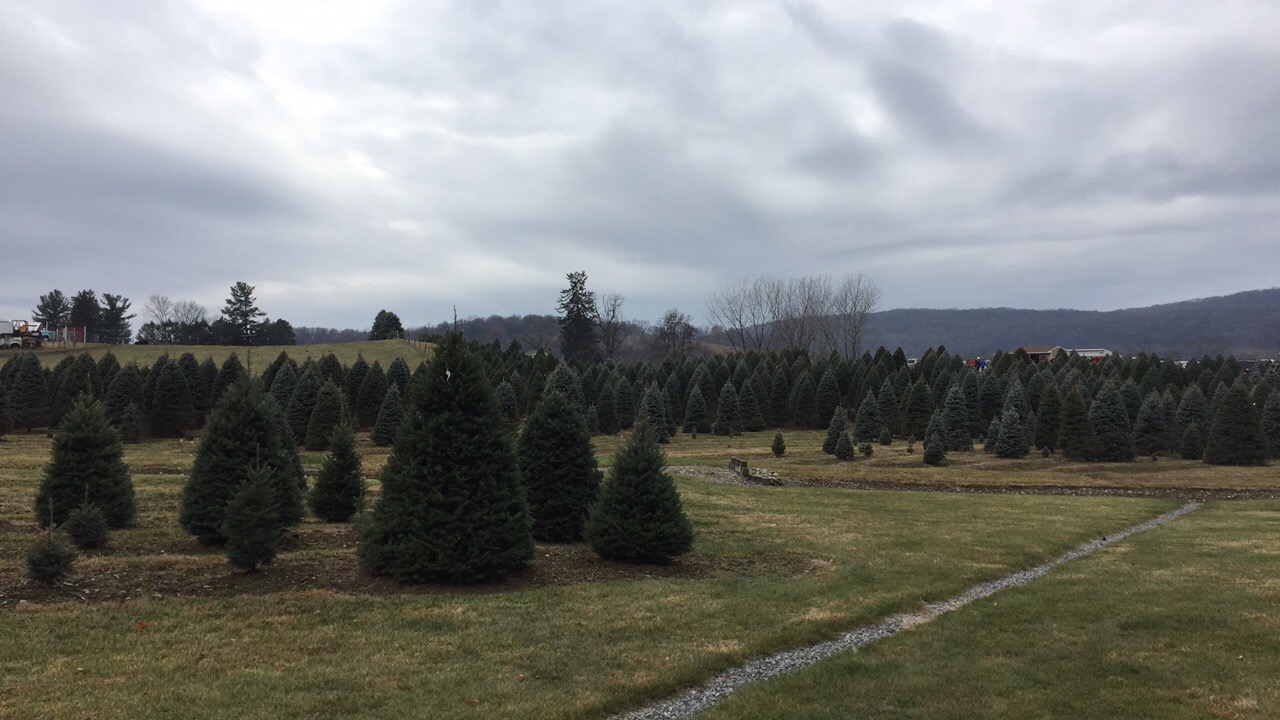With our recital coming up soon(!), we decided we should probably talk about what we’re playing...
Jenn and I will each do a piece separately, the two of us will improvise, we will improvise with Robert, and Jenn and I will also play a duo. The duo we’ll be doing is Robert’s Time is a Two-Way Street. He told us this piece symbolically deals with the past, present, and future all at once. The past is represented by the folk-like melodies, the performers are in the present, and there are sounds portraying a futuristic feel (accomplished through extended techniques, like multiphonics). One of the main things Robert pointed out was to be aware of pitch in the folk-like melodies, which often have finger/pitch slides, and to make sure the end pitch isn’t flat. The most technically challenging gesture is first found on page 7; it is a tremolo between E and G while the A above that is sustained. Robert suggested rolling in and playing very softly to achieve this. Figuring out the position of the flute (rolling in and out) will help with many of the multiphonics and harmonics in the piece.
(Side note: there is a typo on page 12. The correct fingering for the harmonics based on D should indeed be the fingering for low D, not the shown E-flat.)
I also acquired six more of Robert’s CDs. I’m especially excited about Our Cells Know. Bring on the contrabass flute.
Speaking of the low flutes, we also talked about the bass flute. As far as the construction of the instrument, it turns out that the larger the curve of the headjoint, the better the sound.
We also talked about strengthening the breath. Robert asked a shakuhachi player once for advice on this subject, to which the player replied, “Seek out a strong wind and play into it.” This resulted in Robert trying to play flute while a fan blew directly into his face. I haven’t tried this yet, but I think it will (especially when it’s hot outside). The idea of breath is THE most fundamental part of our playing; continually coming back to fundamentals is key in practice and development.
Other things:
- I tried six different types of cider at the Angry Orchard Innovation Cider House. My favorite was the Knotty Pear. The coolest part though was that they have a treehouse on site built by the Treehouse Masters guy, Pete Nelson! You can actually go and see the space!
- I spent Thanksgiving with my good friend Heather and her family out of the city. This trip also included Christmas tree shopping, a first for me!
Jenn and I will each do a piece separately, the two of us will improvise, we will improvise with Robert, and Jenn and I will also play a duo. The duo we’ll be doing is Robert’s Time is a Two-Way Street. He told us this piece symbolically deals with the past, present, and future all at once. The past is represented by the folk-like melodies, the performers are in the present, and there are sounds portraying a futuristic feel (accomplished through extended techniques, like multiphonics). One of the main things Robert pointed out was to be aware of pitch in the folk-like melodies, which often have finger/pitch slides, and to make sure the end pitch isn’t flat. The most technically challenging gesture is first found on page 7; it is a tremolo between E and G while the A above that is sustained. Robert suggested rolling in and playing very softly to achieve this. Figuring out the position of the flute (rolling in and out) will help with many of the multiphonics and harmonics in the piece.
(Side note: there is a typo on page 12. The correct fingering for the harmonics based on D should indeed be the fingering for low D, not the shown E-flat.)
I also acquired six more of Robert’s CDs. I’m especially excited about Our Cells Know. Bring on the contrabass flute.
Speaking of the low flutes, we also talked about the bass flute. As far as the construction of the instrument, it turns out that the larger the curve of the headjoint, the better the sound.
We also talked about strengthening the breath. Robert asked a shakuhachi player once for advice on this subject, to which the player replied, “Seek out a strong wind and play into it.” This resulted in Robert trying to play flute while a fan blew directly into his face. I haven’t tried this yet, but I think it will (especially when it’s hot outside). The idea of breath is THE most fundamental part of our playing; continually coming back to fundamentals is key in practice and development.
Other things:
- I tried six different types of cider at the Angry Orchard Innovation Cider House. My favorite was the Knotty Pear. The coolest part though was that they have a treehouse on site built by the Treehouse Masters guy, Pete Nelson! You can actually go and see the space!
- I spent Thanksgiving with my good friend Heather and her family out of the city. This trip also included Christmas tree shopping, a first for me!
So many Christmas trees!
- Pauline Oliveros passed away. She was a huge figure in contemporary music and developed the practice of Deep Listening. She will be missed.
Until next time!
Until next time!
